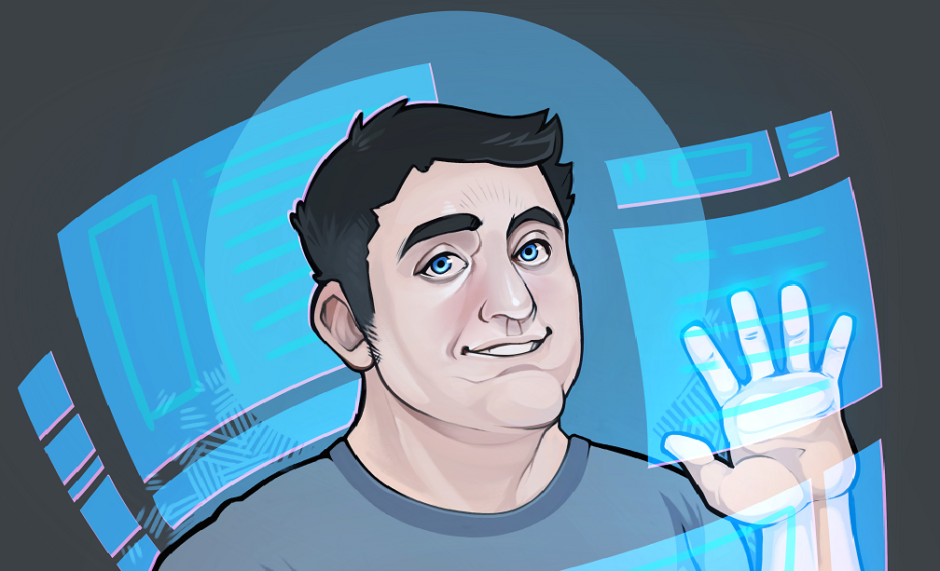ATI is lengthening their product cycle from 18 months to 24 months, citing stagnant PC sales over the last few years. In spite of gaining market share (along with NVIDIA) at the expense of other video chip manufacturers, ATI wants to rein in R&D costs of video chips that are now more complex that the CPU’s on most PC systems. Given the lead ATI has over NVIDIA and that DirectX 9.1/OpenGL 2.0 are likely to be the standard for a while (perhaps till 2005), taking a breather might be a good idea. ATI lost $8.3 million in its last quarter, even though sales were up over the same quarter in 2002. ATI really needs to ramp up chip production since it’s been unable to keep up with demand for it’s high-end cards (as has NVIDIA).
ATI expects to increase its order to TSMC and its secondary foundry partner, UMC, later this year. TSMC currently churns out all of ATI’s 0.13 micron parts like the RADEON 9600. TSMC has said it will begin volume production of 90nm (0.09 micron) parts in July but ATI’s CEO Ho said the company was not considering a move to 90nm until 2004 at the earliest. .
